
Introducing RELEX Live: Global retail summit
We’ve pulled together some of our favorite resources on the topics that presenters will engage with throughout the RELEX Live sessions on September 23.

We’ve pulled together some of our favorite resources on the topics that presenters will engage with throughout the RELEX Live sessions on September 23.

A study finds two goals for companies to survive COVID-19: maintaining high availability, and preventing a bullwhip effect where an initial demand spike triggers too much ordering and production.

In our June webinar, our retail advisors discussed what retailers can do now to manage the growing ecommerce side of their business and how to prepare for the future.
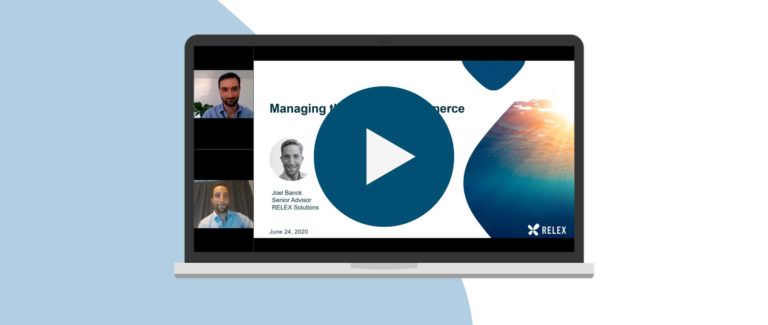
Our retail planning experts share insights and best practices on how to successfully manage the accelerated growth of online sales and set up adaptive ecommerce planning processes.
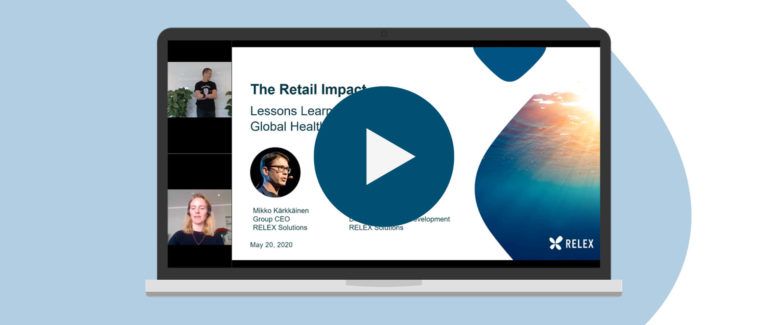
In this Industry Talk Webinar, our CEO Mikko Kärkkäinen shares market learnings on what we’ve observed and strategies on how to use that insight to better prepare for the future.

While retailers may have temporarily shifted to focus on managing online sales, it’s time to get ready for the fresh opportunities that returning foot traffic will bring.

Long-term implications of COVID-19 in ecommerce: Increased online sales, new partnerships and improved online fulfilment capabilities.

Fresh items attract customers, yet grocers lose over 1,5 percent of revenue to food waste. Waste reduction is not just about sustainability, but it also contributes to a healthier balance sheet.
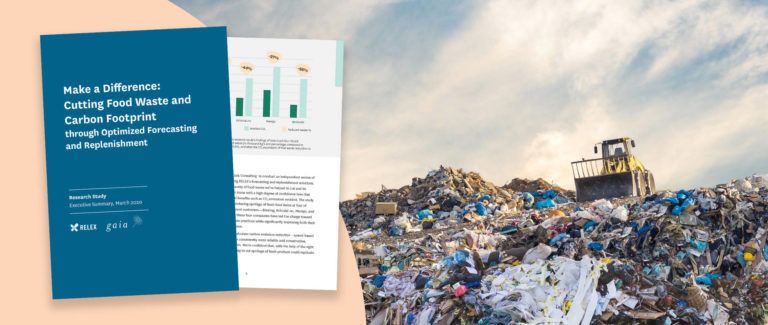
This study outlines how our four customers have led the charge toward environmentally responsible business practices while significantly improving both operations and cost-effectiveness.

We predicted what could be the retail trends for 2020: increased focus on sustainability, AI growing ubiquitous, turbulence in the retail landscape, and more.
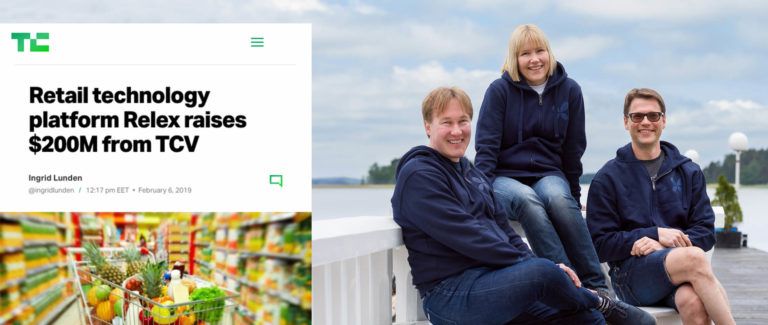
Our Michael reminisces the year 2019 with its unprecedented achievements, fun moments and new additions to our global RELEX family.

RELEX and EnsembleIQ surveyed leading North American grocers to understand how they view today’s competitive grocery market.
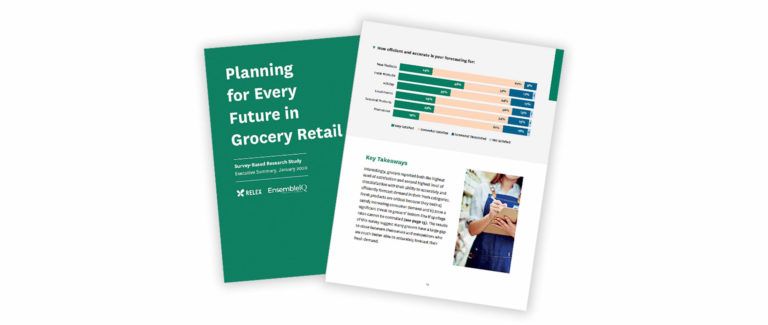
RELEX and EnsembleIQ surveyed leading North American grocers to understand how they view today’s grocery market and what key initiatives they are planning to improve their retail and supply chain planning operations.

Rather than shifting tasks to customers, AI is put to best use by automating repetitive tasks to free up retail personnel for higher-value and customer-centric work.

Traditional retailers can recapture sales from digital players who have significantly lower service levels by ensuring great availability in stores.

We sat down with three CIOs and asked them about their RELEX implementation projects. What advice would they give to companies starting a similar project?

Retailers are no longer interested in major system replacements. Instead, there's a trend toward implementing in parts rather than as a whole.
In grocery retail, the reality is that the change and the challenges aren’t going to stop anytime soon. If anything, the competition will just get tougher.
The NRF Retail’s Big Show in New York is among the most important retail industry events of the year. Among the trendier topics this year was the rise of AI.

Does corporate responsibility end with the spreadsheet, or do grocers have a second set of responsibilities – to the customers and the earth providing the goods?
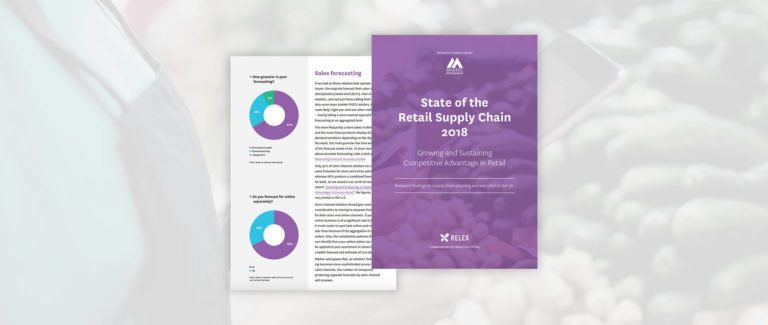
Our annual ‘State of the Retail Supply Chain’ report identifies several areas where we believe retailers could improve their operational efficiencies based on deficiencies they have highlighted.

Earlier in September, representatives from 15 of the biggest grocery retailers across Europe, gathered at RELEX's Grocery Forum to discuss the future of unified retail planning.

We surveyed leading North American grocers and compiled the key results in a study titled 'Growing and Sustaining Competitive Advantage in Grocery Retail'.
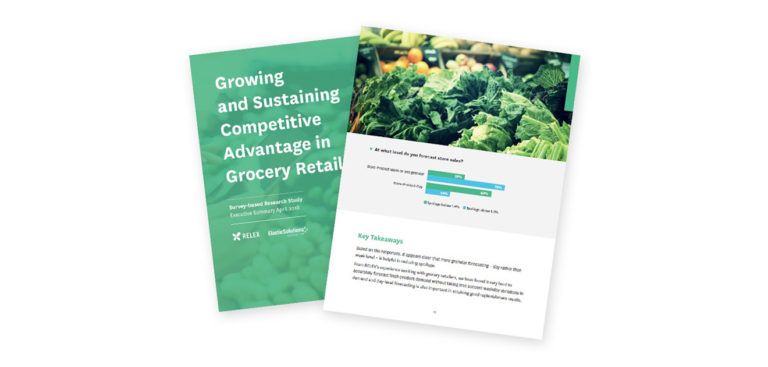
RELEX and Elastic Solutions surveyed leading North American grocers to understand how they view today’s grocery market and what key retail and supply chain planning initiatives they are undertaking to build and sustain a competitive advantage.